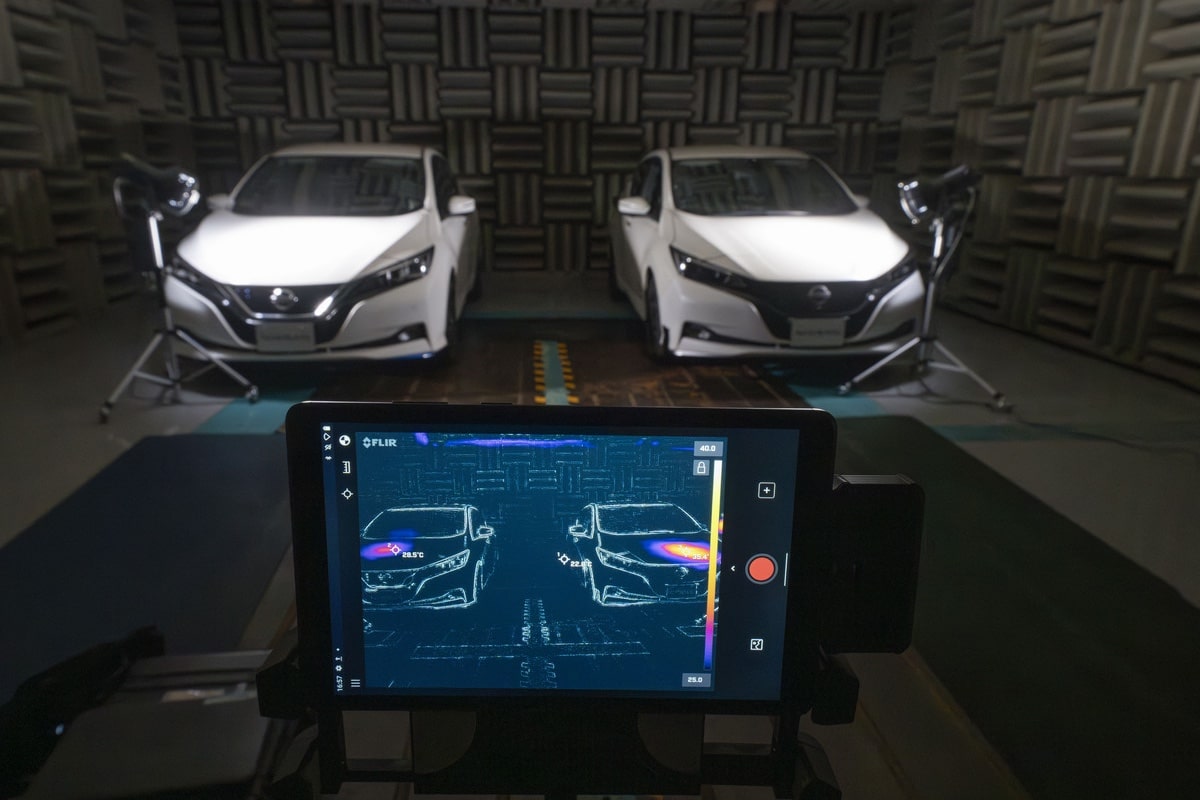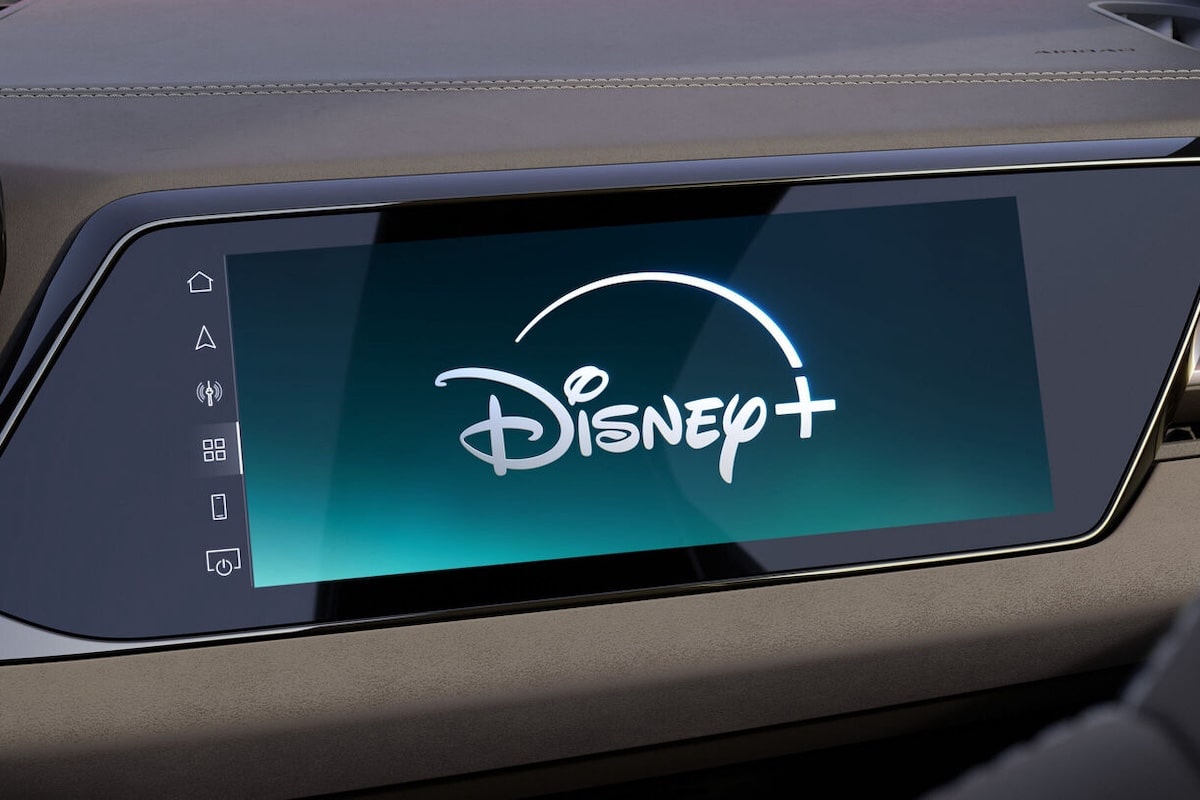Nissan’s Innovative Cool Paint

Nissan is testing an innovative paint that can lower the temperature inside a vehicle in summer.
In addition to improving passenger comfort during heat waves, this innovation from Nissan helps reduce the energy consumption of the air conditioning system. An effective way to decrease fuel consumption of the engine or battery usage in the case of an electric vehicle.
This paint, developed with Radi-Cool, a specialist in radiant cooling products, incorporates metamaterials. The structures of these synthetic composite materials exhibit properties typically not found in nature. To test the possibility of adapting these products for the automotive industry, Nissan launched a 12-month feasibility study in November 2023 at Tokyo’s Haneda International Airport. There is no better place than a vast tarmac to put the paint to the test in a hostile environment exposed to high temperatures. A Nissan NV100 service vehicle operated by All Nippon Airways (ANA) airport services was selected for this experiment.
Better than white paint!
The results obtained appear promising, as a treated vehicle showed a reduction of 12 degrees in the temperature of its exterior surfaces and up to a 5-degree drop in the cabin compared to a vehicle coated with traditional automotive paint.
This paint is not a true novelty, as it is already used for buildings and infrastructure; however, being very thick, it must be applied with a roller. Moreover, lacking a clear finish, it has an imperfect matte finish and can leave a chalky residue to the touch. As it stands, it is not suitable for large-scale use in the automotive industry. Once its effectiveness is validated, it will be necessary to successfully incorporate a clear topcoat, thin the product for application using a spray gun, and, of course, meet the standards for durability and resistance.
Nissan claims to have validated over 100 samples resistant to salt, chipping, peeling, scratches, and chemical reactions, and is currently achieving a thickness of 120 microns, which is about six times thicker than conventional automotive paint. The final step before commercialization is undoubtedly the hardest to overcome, much like the final hundredths are the most difficult to win on the track, but Nissan is on a good pace.
ALSO READ: Honda and Nissan Growing Closer, a Snub to Renault?
This page is translated from the original post "L’innovante peinture rafraîchissante de Nissan" in French.
We also suggestthese articles:
Also read






